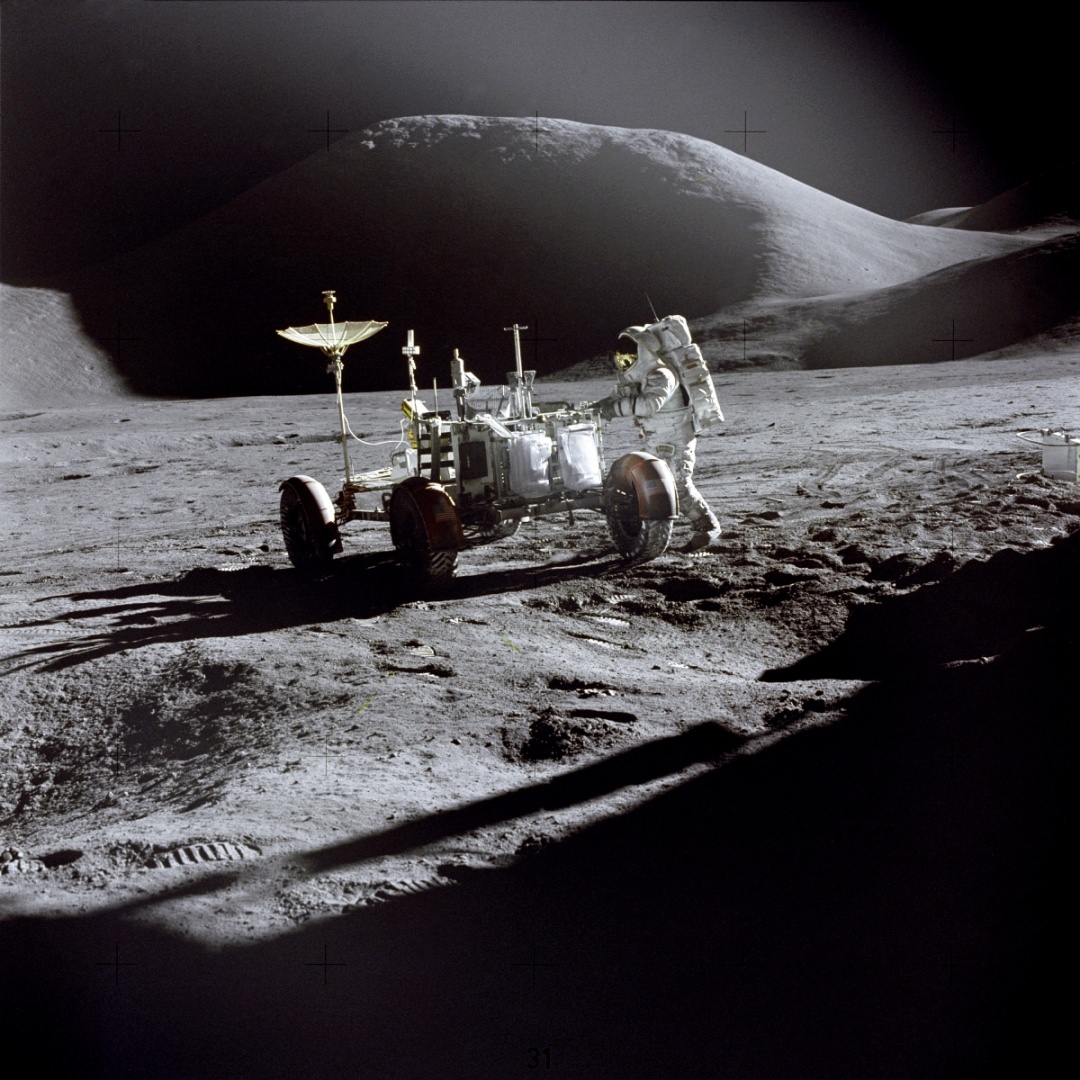Hows my blogging? Leave some feedback, I get better at this, you get a more interesting read!
As you will probably have heard, SpaceX [1] have become the first private organisation to reach the ISS. The Dragon capsule, with its cargo of supplies, reached the orbiting laboratory and successfully docked there at 16:02 UTC. My heartfelt congratulations to the SpaceX team!
Video above: The capture of a Dragon, courtesy of SpaceX. Note the purple dragon taking part in events at mission control.
The ship first manoeuvred to within ten meters of the space stations hull, and was then captured using the 58 foot long robotic arm. It was carrying scientific equipment, computer hardware, food and sundries. Hopes are high across the world that this represents the dawn of a new era of private transport to LEO, freeing up NASA to push further into the solar system. Hopefully with visits to, just for example, asteroids!
Asteroids, and the ancient Moon, are also the subject of another piece of intriguing news: A re-examination [2] of rock samples, bought back from the moon by the Apollo missions, have found fragments of chondritic asteroids [3] - asteroids made of (nearly) unaltered early solar system materials - embedded in them.
Image above: Astronaut James Irwin fiddling with his lunar rover. Oh, and the desolate majesty of the Moon providing background. Image courtesy of NASA.
There is a marked contrast between the lunar breccia [4] (rock made of broken up bits of other rocks) samples older than 3.4 billion years, and those that are younger: The older samples show fragments that are almost universally from chondritic asteroids, whereas the younger samples show a much wider diversity of asteroid fragments. The younger samples are also more in line with the current overall composition of the space rocks hitting the Earth today.
This adds weight to the 'Lunar catclysm' [5] idea, which says that the Moon, and probably the Earth to, underwent a 'blip' of very intense bombardment, ending about 3.4 billion years ago. The evidence of the hammering has been removed from Earths surface by billions of years of weathering and plate tectonics, but the Moon has preserved a pristine record. Based on the number of big craters the Moon has from that time the Earth would have been hit by nearly twenty thousand objects, leaving craters up to a thousand kilometres across.
Image right: A map of the 180 Km wide Chicxulub crater. Imagine that, happening 17,000 time over, some smaller, some a lot bigger. Bad hair day for ancient Earth? I think so.
This would have made Earth, with its bigger gravity and larger target, a poor place to stand at that time.
The impacts would have altered the surfaces of both worlds totally. It was that destructive that mountains, seas, whole continents, would have risen and fallen like bedsheets after a bad curry.
Interestingly the earliest evidence of simple life on Earth dates from just after this time, suggesting that life got started (again, perhaps!) quickly after it was all over. Since chondritic asteroids can be rich in carbon compounds, including biologically relevant ones such as nucelobases [6] and amino acids, the bombardment may even have set the stage for the emergence of life.
Image above: The 'blip' in the rate of asteroids hitting the Moon, called the Lunar Cataclysm. As blips go it's fairly big. Image courtesy of NASA/ LPI-JSC.
But, as with all good science, this find leaves us with more questions. The obvious one being: What caused the Earth-Moon system to suddenly become a shooting gallery?
Although there is absolutely no sign of a swarm of massive asteroids on its way here anytime soon, the answer to that question will help determine the answer to the next, which could be - one day long from now - of life and death importance: Will it happen again?
List of links:
[1]http://www.spacex.com/
[2]http://lunarscience.nasa.gov/articles/nlsi-team-detects-actual-remnants-of-ancient-asteroids-on-the-moon/
[3]http://dawn.jpl.nasa.gov/meteorite/explore_meteorites_chondrites.asp
[4]http://curator.jsc.nasa.gov/lunar/letss/breccias.pdf
[5]http://www.lpi.usra.edu/nlsi/publications/InnerSolarSystemCataclysm.pdf
[6]http://www.nasa.gov/topics/solarsystem/features/dna-meteorites.html



No comments:
Post a Comment